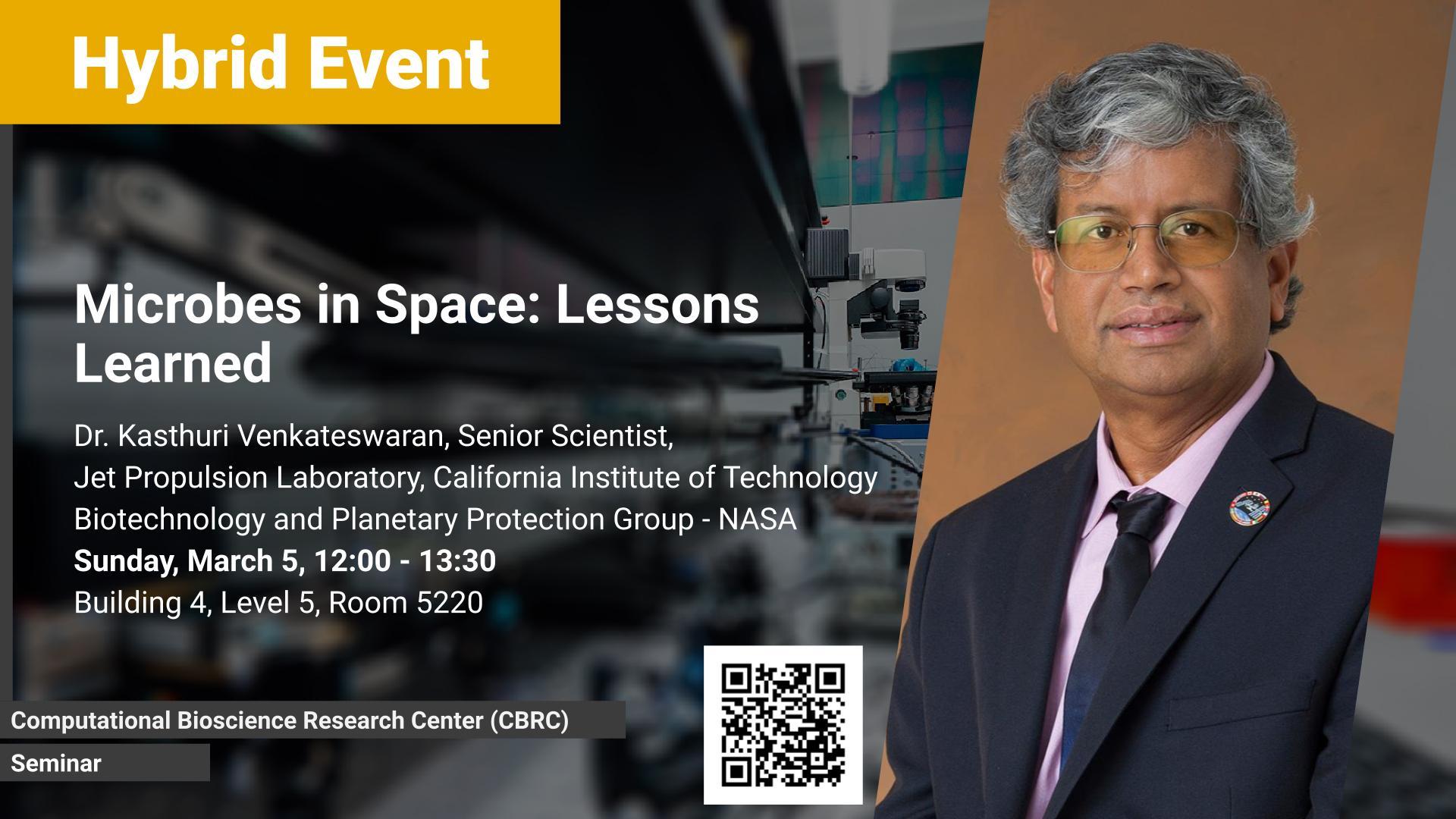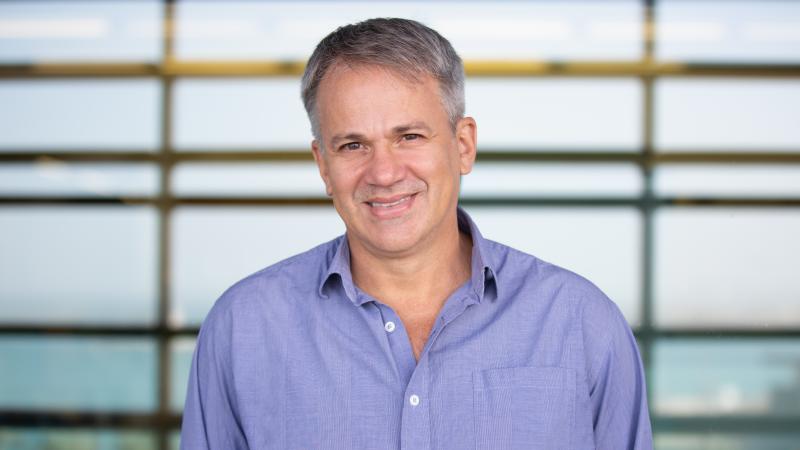Abstract
In the coming years, expansion of crewed space exploration beyond low Earth orbit, to the Moon and on to Mars are planned by the National Aeronautics and Space Administration (NASA), along with other international space agencies and commercial partners. This involves designing new space habitats for both interplanetary travel and surface habitation. In this new era of human expansion in the universe, thorough examination of microbiome of the closed habitats is necessary to understand how they accumulate, persist, survive, and their molecular mechanisms to impact on human health and spacecraft infrastructure (biocorrosion). Such basic understanding will also enable development of novel technologies to contain or eradicate these problematic microorganisms.
Safety and success of the future human missions rely on reducing and monitoring the number of pathogenic microorganisms associated with the crew habitats. Since contribution of the microbial contamination is primarily by the inhabitants, contamination of these facilities is unavoidable. It has been well documented that number of microbes is exceedingly more than human cells and human host them since we live on and need them. In general, these microorganisms are benign and their presence is necessary; majority of them are beneficial to the metabolism/digestion/conversion of nutrients; even protect human from pathogens. On the contrary, problematic microbes (pathogens and metal eating members) are harbored by human, transported, and dispersed in the living quarters. It is virtually not practical and unrealistic to eradicate these contaminants and will pose a direct threat to the closed habitat and the crew. However, to be successful for the future crewed mission, novel engineering mechanisms are needed for the habitat construction to manage microbial ecology as that are the recent trends in hospital and medical instrument design. Subsequently, continuous monitoring of the remaining microbial populations will be critical.
Studies on the microbiome of homes, offices, classrooms, museums, and hospitals revealed an assemblage of bacteria, fungi, viruses, and protozoa which are distinctive to these indoor environments. These assemblages are influenced by a variety of factors such as building design, ventilation, humidity, air pressure and flow, occupant numbers or activities performed. In addition to the habitat types and maintenance, susceptibility to allergies, infectious diseases, or sick building syndrome will impact human health. Hence, minimizing and monitoring closed cabin microbiome is more important for astronauts for their long space travel since their immune system is altered due to spaceflight conditions.
In this talk, microbial communities associated with analogue space habitats (underwater aquatic and terrestrial), crew resupply vehicle that transport materials from Earth to ISS, environmental surfaces and air particulates of ISS, crew surfaces and saliva, as well as spacesuit microbiomes are presented. Presence of microorganisms isolated from these closed habitats that possess potential virulence, enhanced antimicrobial resistance, and their persistence in the closed habitats as well as their significance are discussed.
The work described in this publication was carried out at JPL under a contract with NASA. © 2012 to 2023 California Institute of Technology. Government sponsorship acknowledged.
Brief Biography
Kasthuri Venkateswaran (Ph.D., 1982) is the Senior Scientist at the Jet Propulsion Laboratory, a NASA institution affiliated with the California Institute of Technology. Venkateswaran is the Group lead of the Biotechnology and Planetary Protection (BPPG) and working on various aspects of NASA’s Planetary Protection, Astrobiology, Space Biology, and Human Research Program. His 47+ years of research encompasses marine, food, and environmental microbiology. He leads ISS Microbial Observatory projects to measure microorganisms associated with U.S. nodes, as well as Kibo Japanese Experiment Modules. He has applied his research in molecular microbial analysis to better understand the ecological aspects of microbes, while conducting field studies in several extreme environments, such as the deep sea (2,500 m), spacecraft missions (Mars Odyssey, Genesis, Mars Exploration Rovers, Mars Express, Phoenix, MSL, M2020, etc.), assembly facility clean rooms (various NASA and European Space Agency facilities), and the space environment in Earth orbit (International Space Station, ESA Columbus facility).
- Directs several research and development tasks for the Mars Program Office, which enables the cleaning, sterilization, and validation of spacecraft components
- Generates microbial observatories of ISS modules and cleanroom facilities where spacecraft assembled
- Manages several NASA Space Biology, TRISH, HRP, and ROSES programs awards
- Provides technologies related to microbial monitoring for commercial airline cabin air and for medical industrial applications (tissue and organ transplants processing)
Honor/Awards
- NASA Exceptional Achievement Medal for Research (2017)
- NASA Exceptional Achievement Medal for Technology (2017)
- Recipient of One NASA Peer Award (2005)
- Recipient of One NASA Peer JPL Center Award (2005)
- NASA Space Act Award (2003)
- recipient of 25 Novel Technology Report Awards (since 2000)
Publications (350+ peer-reviewed articles)

